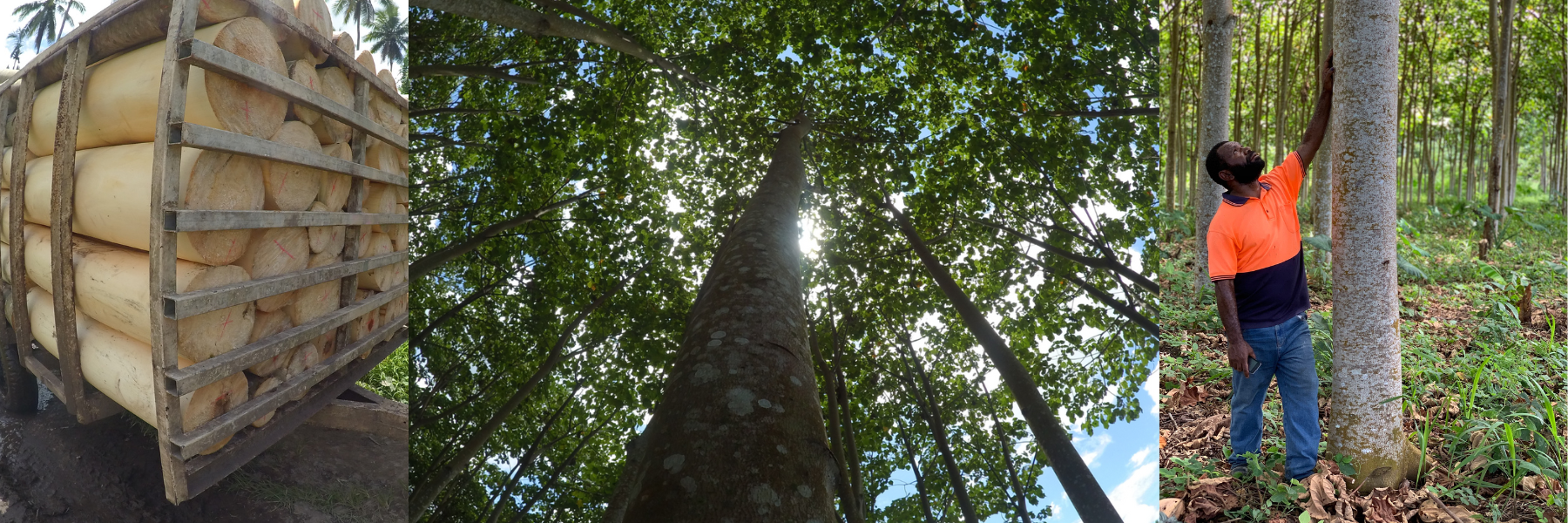Balsa wood (Ochroma pyramidale) is, emphatically, an amazing lightweight timber. In fact, it's the lightest commercial timber in the world! Even though it's classified as a hardwood, balsa is both lightweight and strong.
As a result, the unique combination of strength-to-weight ratio, buoyancy and thermal insulation makes balsa perfect for many crafts. For example, model aeroplanes as well as surfboards, buoys and fishing rafts. Above all, balsa wood is non-toxic and safe for all craft applications.

Working with Balsa Wood
Naturally Craft understands the importance of environmentally friendly source material and, therefore, only uses Auszac EcoBalsa. Kiln-dried and non-toxic, balsa is, therefore, safe for all woodworking crafts. Sourced from sustainable plantation-grown timber, Balsa is, above all, a natural timber that's easy to work with.
As a matter of fact, balsa is perfect for a variety of crafts.
Cutting Balsa Wood
It is important to realize, cutting balsa wood with precision requires a sharp craft blade or Stanley knife because dull blades tend to split or tear the wood. Above all, take the time to make sure your tool is sharp and in good working order.
To achieve a precise cut it’s best to gently score the balsa several times and increase pressure with each turn as you go. If cutting more complicated shapes, try leaving some extra wood around what is being cut out as this allows for more control during the delicate process. It’s also helpful to cut out these more intricate pieces first and work from there. With a sharp tool on hand, you’re ready to make those accurate balsa cuts!
Gluing Balsa Wood
Balsa wood crafts glue, PVA glue, balsa cement, and CA glues are all perfect for balsa wood craft projects. Depending on the project you are working on, one type of balsa glue may be better than another. Balsa wood craft glues are versatile, great for indoor projects and works well with dyes and paints. PVA glue is a bit thicker, allowing you to attach heavier items without fear of it running down the model surface. Balsa cements come in both liquid and paste forms and works great where excess moisture needs to be avoided. Finally, CA glues work well with difficult-to-attach items when ultra-strong bonds are required. With these balsa glues on hand, balsa crafters can create intricate masterpieces they can be proud of!
Painting
Painting balsa wood can certainly be a tricky task. The porosity of balsa absorbs the paint easily, however, this can result in warping. For this reason, make sure you use as dry a brush as possible and don't forget to paint both sides to reduce any amount of warping. If you take extra care when prepping and painting balsa wood, then you can create something truly beautiful!

